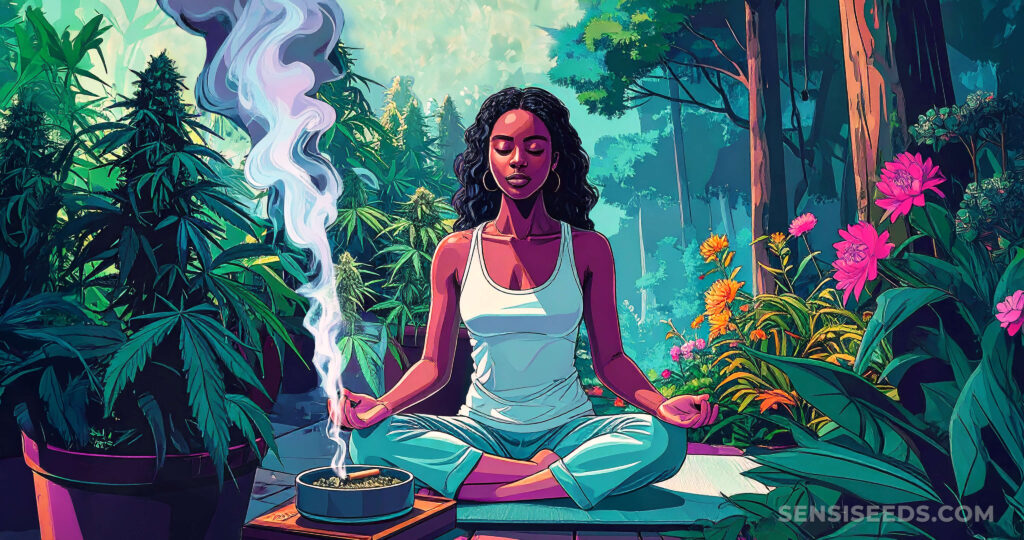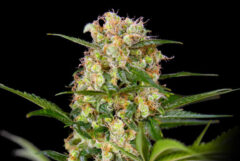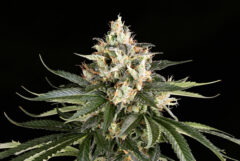Cannabis use should be enjoyable, but sometimes, a little too much can send you on a ride you didn’t sign up for. Perhaps you’re feeling anxious, disorientated, or just way too high for comfort. It happens to the best of us! Fortunately, there are ways to get less high. Let’s go over some tricks to help you sober up and feel more like yourself again.
Nothing lasts forever, including a cannabis high. If you’ve overdone it or misjudged your dosage, try not to panic. The psychoactive effects of cannabis’ primary cannabinoid tetrahydrocannabinol (THC) are temporary and manageable. Although a cannabis overdose is not fatal, you may feel uneasy after getting too high. Thankfully, there are ways to control the symptoms of overconsumption and regain a sense of normality.
THC potency is rising, with the American Drug Enforcement Administration (DEA) confirming that the average strength of seized cannabis rested at approximately 4% in 1995. Fast-forward to 2022 and the potency skyrocketed to 16%. Nowadays, due to genetic tweaking and cross-breeding, growers are sometimes able to produce plants containing upwards of 30%!
More THC equals a stronger high, which isn’t ideal for everybody; particularly for people with a low tolerance. There’s no need to stress if you’ve overdone it, however, because our tips teach you how to sober up from weed promptly and easily.
12 Ways to get rid of a weed high
Consuming cannabis regularly can lead to increased tolerance, meaning that you may require higher doses to achieve your desired results. Even so, overconsumption can happen to people of all tolerance levels, so being mindful of your body’s response is key to reaping cannabis’ remedial rewards.
Find a quiet environment where you can ground yourself the moment you sense that you might be on the verge of “greening out”. Although you cannot flush THC from your system instantly, there are numerous ways to ease harsh side effects.
Here are a few ways to come down from a cannabis high:
1. Increase your saliva production

Enduring dry mouth (xerostomia) from smoking or ingesting cannabis may worsen other unpleasant symptoms. Sipping water before and during a cannabis session promotes saliva production, as does sucking on boiled candy.
2. Listen to relaxing music

Another method for learning how to sober up from weed involves listening to calming music. Some studies suggest that listening to music may reduce anxiety and decrease stress hormones, so prepare a soothing playlist to ensure you feel comfortable and carefree while using cannabis.
3. Focus on fun tasks

The more you focus on the negative effects of overconsumption, the more panicked you might feel. Shifting your attention to something enjoyable, whether it’s reading a book, watching a funny movie, or doing a productive task at home, could help you to feel less tense.
4. Practice breathing exercises
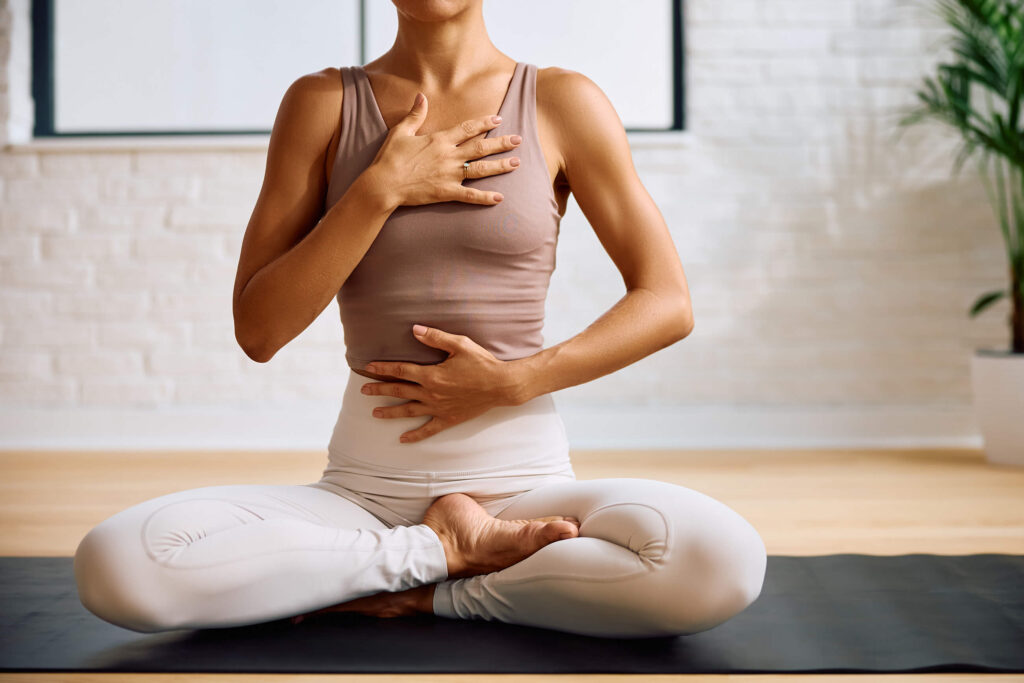
Controlled breathing can enhance feelings of serenity and well-being, not to mention reduce levels of stress hormones in the blood. So, if you’re too high and want to prevent feelings of anxiety and nervousness, breathe into it. Inhale gently through your nose for four seconds, hold your breath for two seconds, and exhale for six seconds – an exercise known as the “4-2-6 breathing technique”.
5. Repeat calming phrases

Reassure yourself that everything is going to be just fine by repeating positive affirmations. Learning how to get less high with this technique works by reprogramming your brain to curb racing thoughts and instill a sense of calmness. Mantras and phrases like, “I am safe and in control” and “I have the power to calm my mind”, may reduce the stress response inside your brain, preventing unnecessary discomfort.
6. Walk in the nature
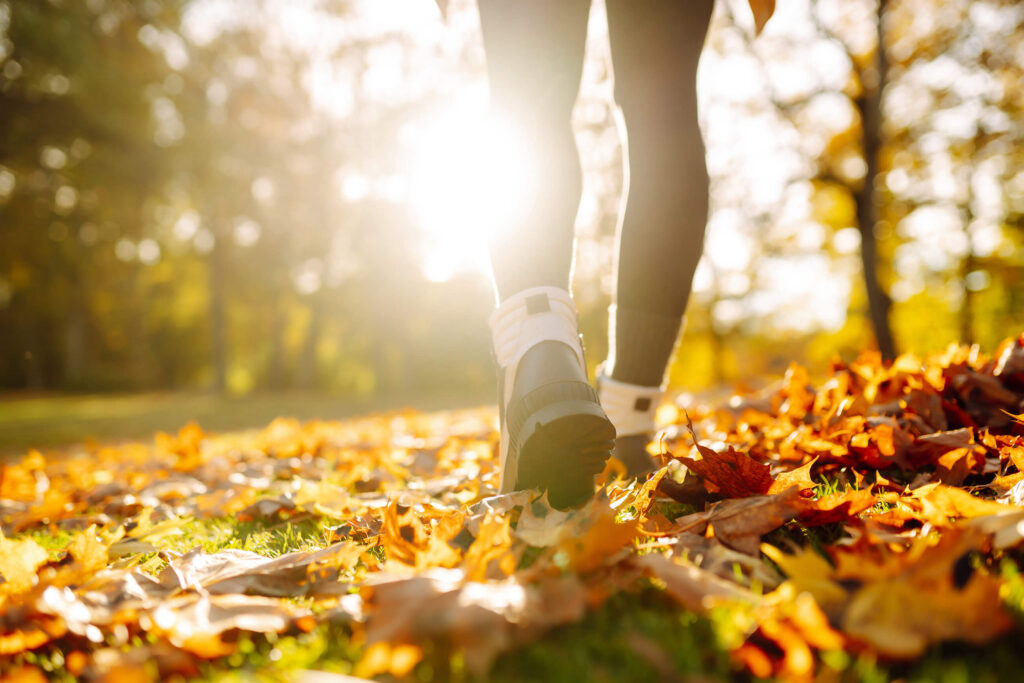
Light exercise in nature may help support lung health and eliminate lung pollutants. Inhaling fresh air can potentially help the symptoms of overconsumption to subside faster, while increasing the oxygen in your blood to reduce fatigue and regain focus.
7. Take a cold shower

Refreshing yourself in cold water can invigorate the senses and promote speedy recovery after an intense cannabis high. Cold showers may also improve blood circulation, increase metabolism, enhance mood, ease stress, reduce pain, and boost alertness, allowing you to regain control after getting too high.
8. Inhale limonene
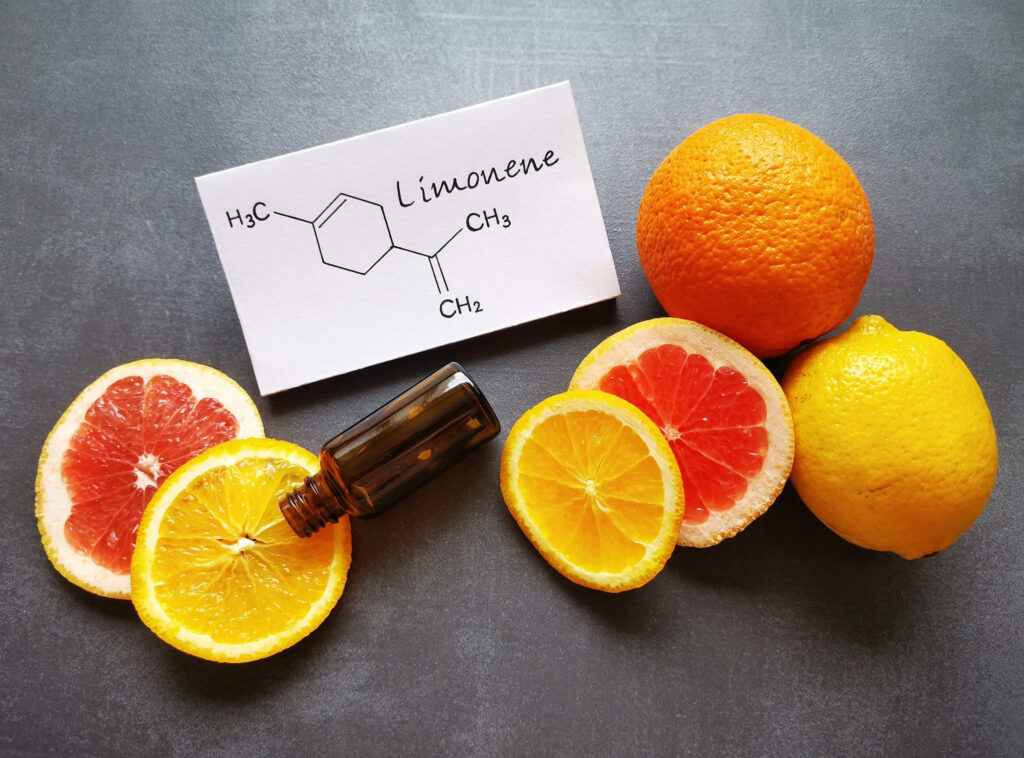
A zesty terpene contained in lemon juice, limonene may promote calmness and relaxation. Vaporized limonene may also ease the psychoactive effects of THC, but vaporizing is not necessary to experience limonene’s neuroprotective properties. Inhaling orange, grapefruit, or lemon essential oils might improve the tolerability of THC-rich strains.
9. Chewing black peppercorns
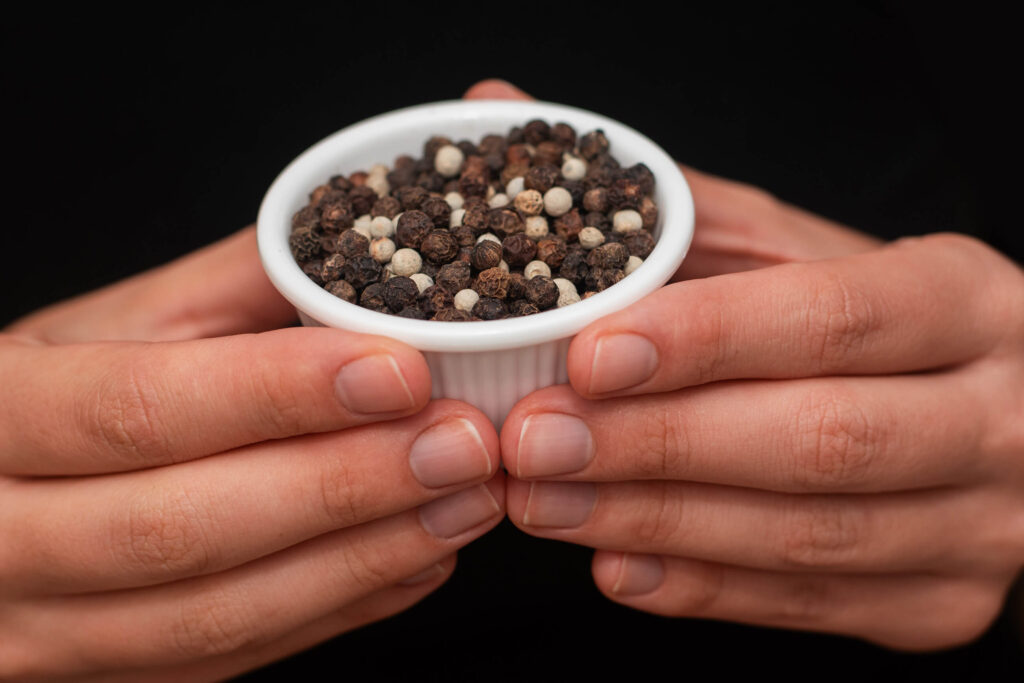
When you’re searching for ways to come down from a cannabis high, you’ll likely come across tips recommending chewing black peppercorns. This is because black pepper naturally contains an anxiety-easing terpene called caryophyllene.
Please take this advice with a grain of salt (see what we did there?), since there are no studies indicating the benefits of chewing black pepper to relieve weed-induced anxiety. One study suggests that inhaling black pepper aroma may suppress stress response, but further research is needed. So long as you’re not allergic to black pepper, we see no harm in trying. At the very least, it’s a way to pass the time and shift your focus! Alternatively, you could try a caryophyllene-rich essential oil (such as clove or rosemary oil) to keep your cannabis high under control.
10. Consume anxiolytic terpenes
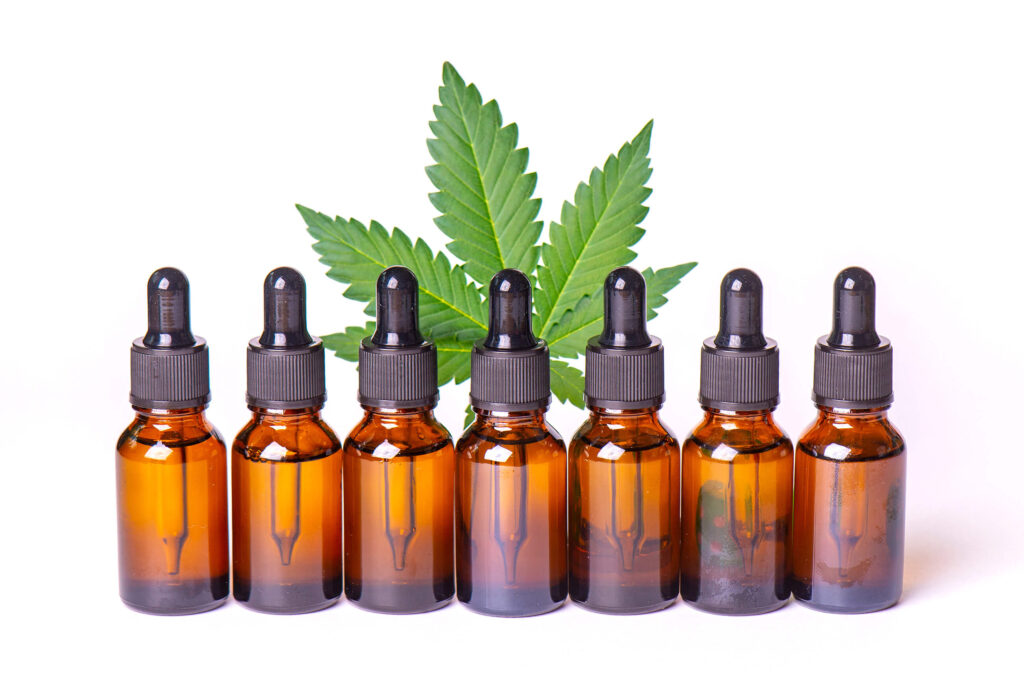
Aside from limonene, some other anxiolytic terpenes include alpha-pinene, humulene, myrcene and linalool. If you don’t fancy eating foods containing these terpenes, consider inhaling them by adding a few drops to a bowl of steaming hot water.
11. Take CBD
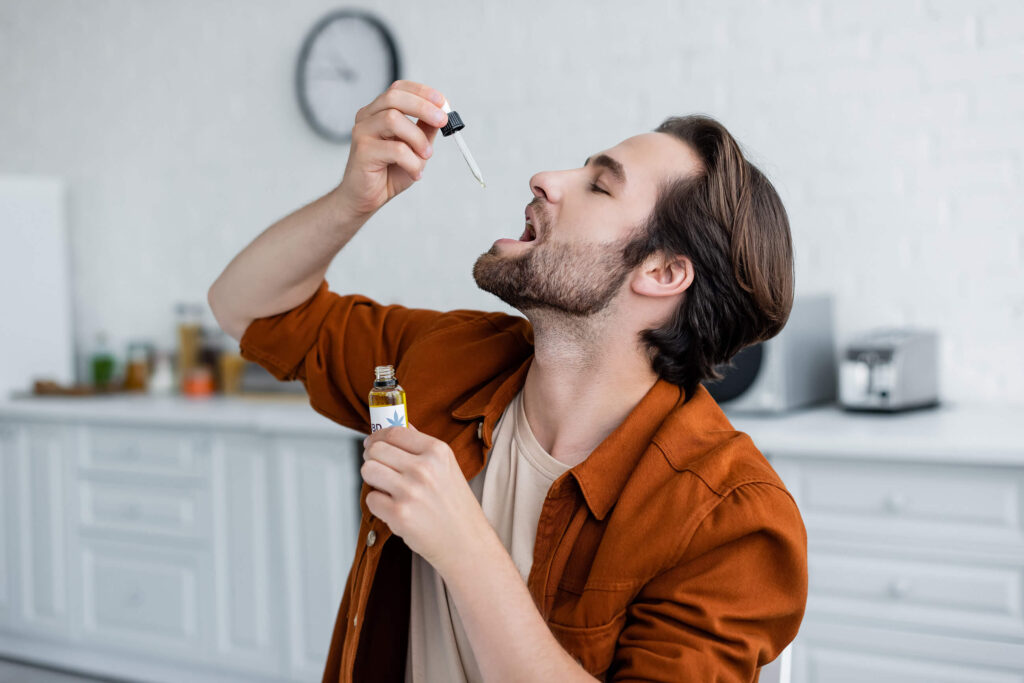
CBD’s ability to counteract THC’s overpowering effects makes it a valuable choice if you get too high. Low-THC or THC-free strains containing cannabidiol (CBD) may help to ease overconsumption-related anxiety, migraines, and paranoia, thanks to the non-psychoactive compound’s soothing anxiolytic, analgesic, and antipsychotic properties. You could also opt for CBD oil or capsules as an easy consumption method if you’ve got these on hand.
12. Get some shut-eye and relaxation
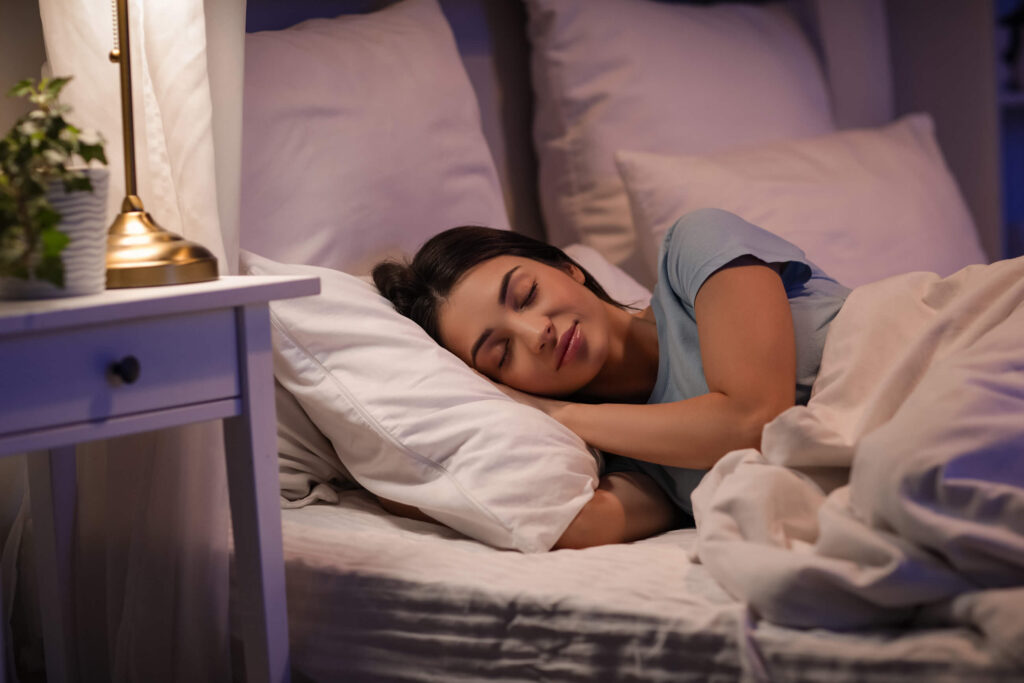
Low doses of THC may improve sleep quality by increasing stage 3 (deep sleep) duration. This is good news if you’re dealing with overconsumption because getting some shut-eye may promote faster recovery and rejuvenation.
Safe consumption practices to avoid getting too high
Now that you know how to stop being high, it’s worth taking precautionary measures to avoid future unpleasant experiences. Controlling your cannabis intake not only ensures optimum satisfaction but also reduces the chances of adverse physical and psychological effects.
1. Find the right strain
Educating yourself on sensible cannabis consumption practices could help you to steer clear of unwanted reactions altogether.
1. THC contents of the strain
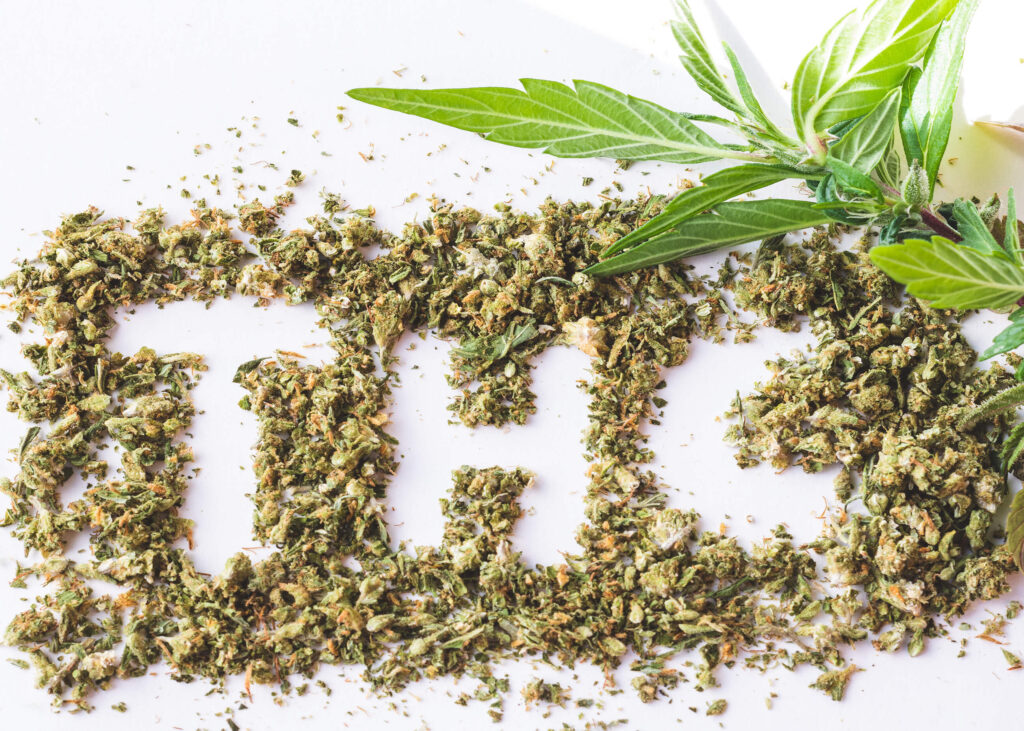
Whether you intend to grow cannabis or buy ready-produced goods, potency is paramount for preventing overconsumption. Carefully read the labelling and packaging to educate yourself on the contents and strengths beforehand. A safe rule of thumb is to avoid strains containing over 20% THC if you’re a beginner.
2. CBD contents of the strain
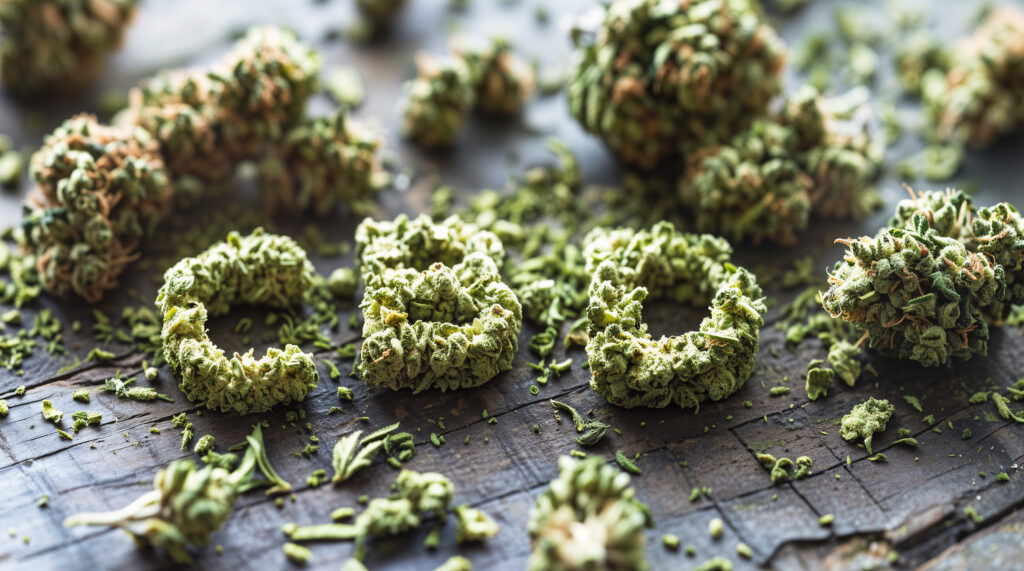
Studies show that CBD may counteract THC’s intoxicating effects. Consider opting for fairly balanced products with a high CBD:THC ratio since these will contain fewer psychoactive compounds. Snacking on CBD gummies or dabbing some CBD oil on the tongue before using THC may also help to block the mind-altering compound’s overpowering effects.
Great high-CBD strains are Alpine Delight CBD if you’re looking for a 30:1 CBD:THC ratio, or Afghan Pearl CBD, Himalayan CBD, or Satin Black Domina CBD for a more balanced 1:1 ratio.
3. Indica/Sativa
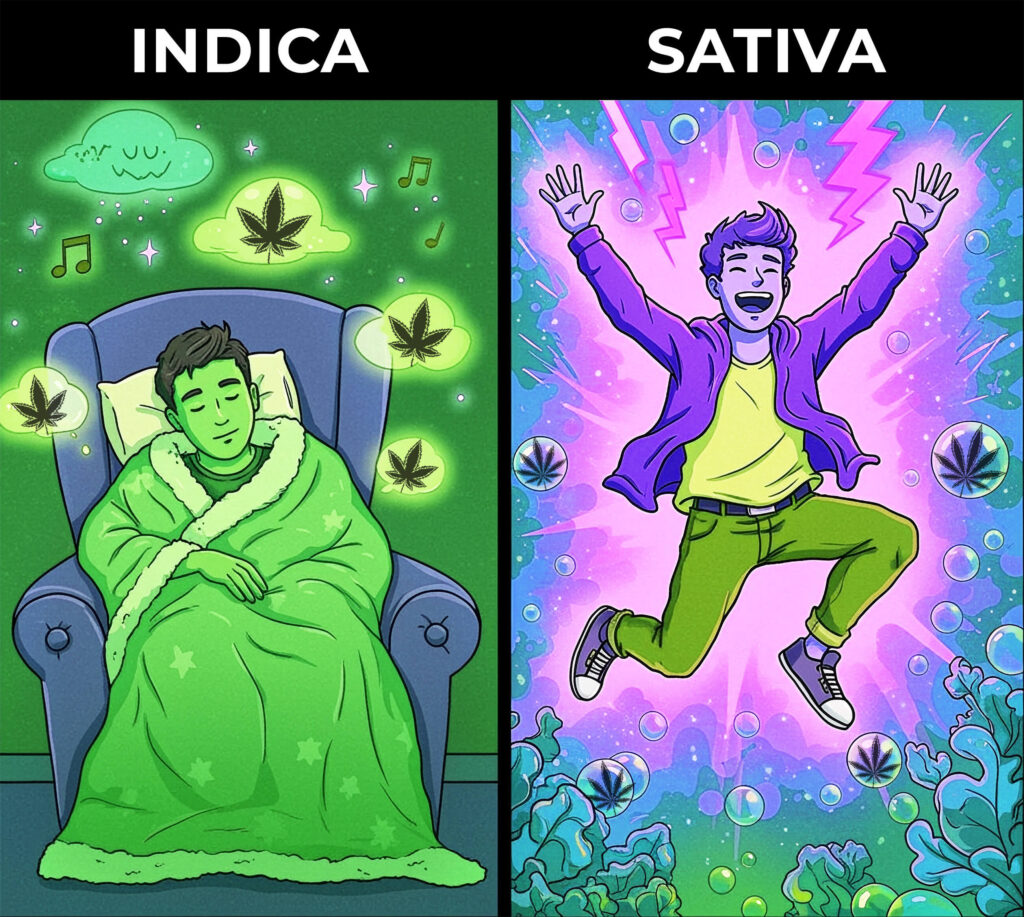
It’s generally recommended to seek strains that are more on the indica or hybrid side than strong sativas, as sativas are generally more stimulating, whereas indicas are usually more relaxing.
4. Terpenes
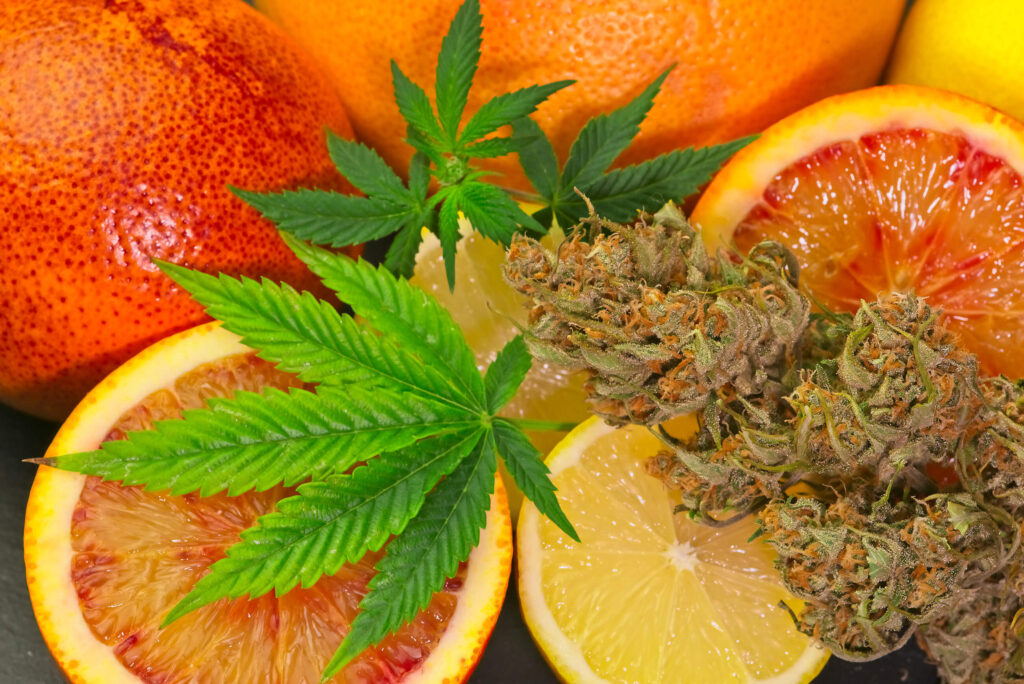
Another obvious solution to prevent cannabis overconsumption is to select cultivars rich in soothing anxiolytic terpenes like myrcene and linalool.
2. Start low and slow
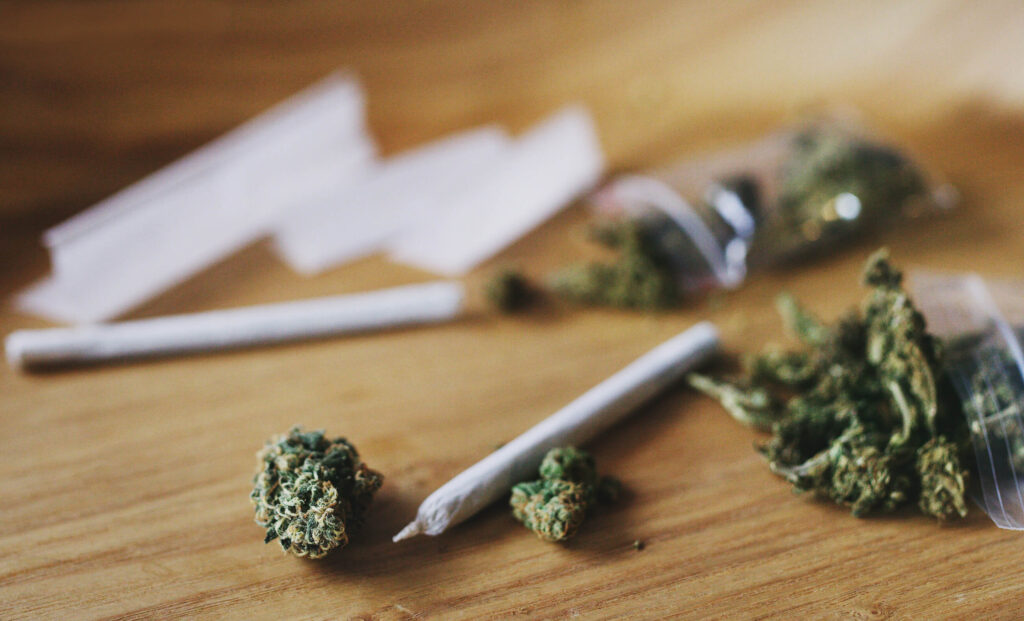
Starting with a low dosage and gradually increasing (based on your desired effects) is the universal rule for finding your sweet spot with cannabis, particularly edibles. Focus on controlled dosing, consume in well-spaced intervals, and use cannabis in moderation for the best results.
3. Hydration
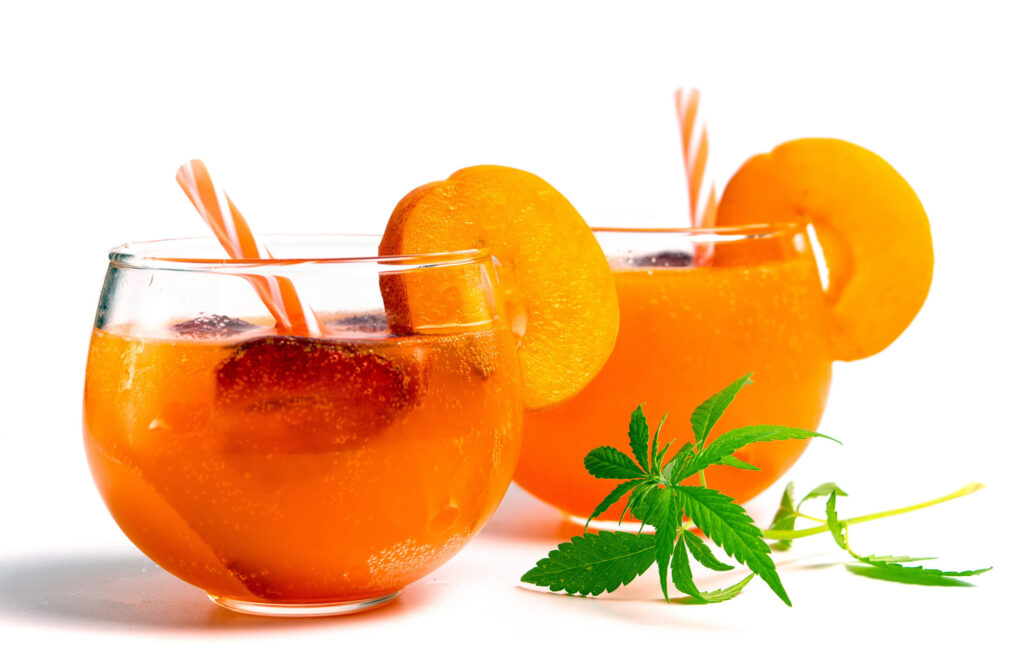
The more nourished and hydrated you are before using cannabis, the less intense the experience will likely be. Staying hydrated before, during, and after using cannabis is recommended to prevent feelings of discomfort, but alcoholic beverages should be avoided. Consider a sugary drink to promote saliva production and ease dry mouth instead.
4. Avoid alcoholic beverages
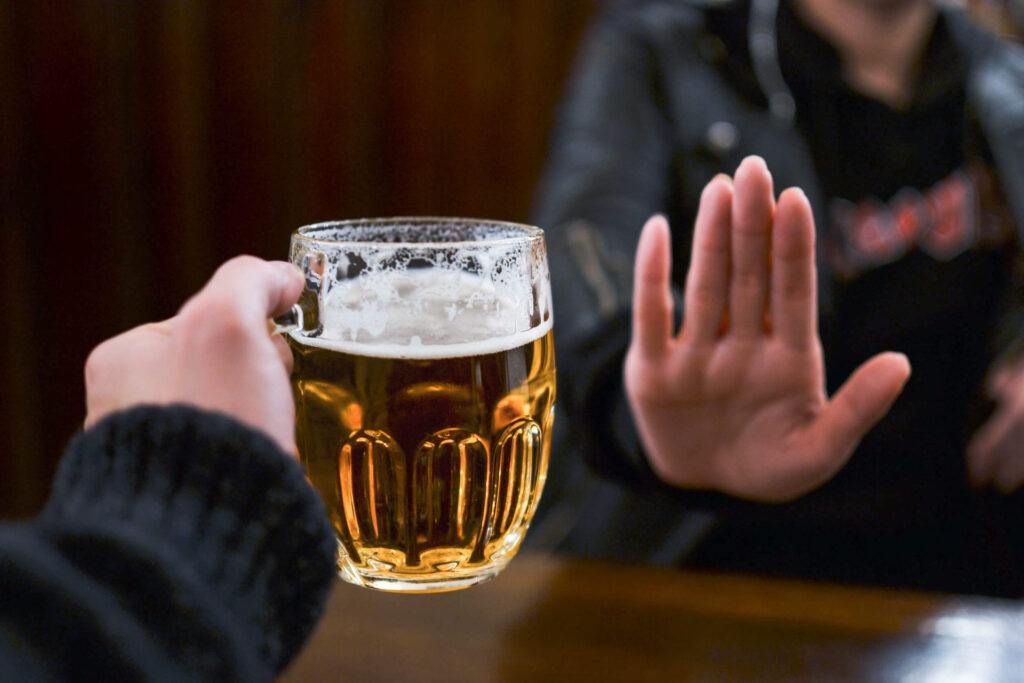
Cannabis may enhance the negative effects of alcohol and vice-versa. Confusion, cognitive impairment, dizziness, poor attention, vomiting, and anxiety might occur if you mix the two substances. That said, it’s advisable to ditch alcoholic beverages altogether and opt for a glass of good old H2O instead.
5. Eat a snack

Snacking on fatty foods before using cannabis allows THC to enter the bloodstream more gradually. This is because the peak plasma concentration of THC occurs later after a fatty meal than on an empty stomach, thus reducing overall intensity. However, it’s best to avoid foods that may increase a cannabis high, such as mango or chocolate.
6. Write it down

Keep a journal handy outlining your experiences to assist you in understanding your specific tolerance level. By documenting each experience after consuming different products and strains, you can figure out which strains are bearable and most importantly, satisfying.
Understanding the signs of being too high
Recognising the signs of being too high — commonly called a “white out” or “greening out” — is the first step to managing the experience. Staying within your limits will help you to enjoy cannabis responsibly and prevent a similar scenario from transpiring in the future.
What are the physical and psychological symptoms of cannabis overconsumption?
“Greening out” can affect some individuals differently and depends on strain potency, tolerance, and additional substance use. The physical symptoms of overconsumption may include:
- Bloodshot eyes (aka “red eye syndrome”)
- Coughing
- Dry mouth
- Increased appetite
- Elevated heart rate and blood pressure
The psychological symptoms of overconsumption may occur simultaneously or separately from the physical symptoms. Some of the mental side effects of consuming too much weed may include:
- Feelings of anxiety or paranoia
- Confusion or disorientation
- Heightened sensory sensitivity
- Time distortion
Overall, the cannabis journey depends on how much you use, how you use it, and your tolerance. Everyone’s biochemistry is as unique as each cannabis strain, so there’s no universal rule on how to get unhigh. What works for one person may not for the next, so dose wisely to keep dodgy feelings at bay!
Fancy sharing your tips to sober up from weed? If so, leave us a comment below.
- Disclaimer:Laws and regulations regarding cannabis use differ from country to country. Sensi Seeds therefore strongly advises you to check your local laws and regulations. Do not act in conflict with the law.






